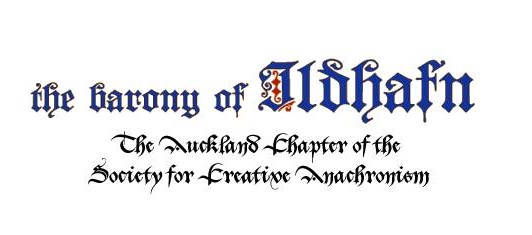Date:
Traditional; earliest known forms from the 16th–17th century
Description:
“Dona Nobis Pacem” (Latin for “Grant us peace”) is a simple yet powerful round or canon often attributed—without historical basis—to Mozart. It is widely used in choral settings, schools, and peace services around the world. Its elegance lies in its melodic clarity and spiritual message, making it a universal favorite across ages and abilities.
Discussion:
Though the exact origin is unknown, Dona Nobis Pacem has become a cornerstone of communal singing traditions, particularly in religious, educational, and peace-focused contexts. The text is drawn from the Latin Mass, specifically the Agnus Dei. The piece is most commonly sung as a 3-part round, with each voice entering successively and overlapping to create beautiful, layered harmonies. It is accessible for beginners and moving in performance.
Composer:
Anonymous (sometimes misattributed to W.A. Mozart)
Arranged by:
Numerous modern arrangements exist for:
- 3-part round (equal voices or SAT)
- SATB or SSA choir
- Solo voice with accompaniment
- Instrumental arrangements for strings, winds, handbells, etc.
Sheet Music:
Available via CPDL, IMSLP, public domain music sites, and standard hymnals or choral anthologies.
The arrangement we use is from the Big Lochac Snogbook(page 29), Cecilia’s songbook (page 6), pdf, mus, or musescore file.
Parts:
- 3-part canon (equal voices or SAT)
- Optional accompaniment (piano, harp, guitar, or strings)
- SATB choir arrangement also common
Type:
Canon / Round / Sacred Song
Language:
Latin
Ranges:
(For basic 3-part canon)
- Voice 1 (Soprano): C4 – E5
- Voice 2 (Alto/Tenor): A3 – C5
- Voice 3 (Bass or Alto): F3 – B4
(Suitable for mixed or equal voices)
Advice for beginners:
Perfect for beginner choirs or mixed-level groups. Start by learning the melody in unison, then introduce entrances one by one. Pay attention to blending and tuning, especially where lines overlap. This piece teaches ensemble awareness and breath control. Works beautifully both a cappella and with gentle accompaniment.
Sound Files:
Here are some sound files for reference. mid
